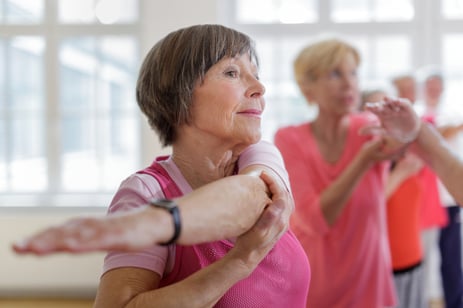 ‘’I am so stiff”. This is a statement heard quite often. More than likely, that stiffness or any type of unknown muscle pain may be result due to the lack of muscular flexibility. Flexibility is crucial in preventing muscle shortening while maintaining muscle length. Some additional benefits of flexibility are improved posture, physical performance, and strength. Stretching does not have to be done before or after an intense work out but should be incorporated within our everyday routine. If our muscles are warm, stretching can be done. I’d suggest immediately after a warm shower. Be sure to be grab a chair also. Yes, you can obtain the same results without being in a standing position.
‘’I am so stiff”. This is a statement heard quite often. More than likely, that stiffness or any type of unknown muscle pain may be result due to the lack of muscular flexibility. Flexibility is crucial in preventing muscle shortening while maintaining muscle length. Some additional benefits of flexibility are improved posture, physical performance, and strength. Stretching does not have to be done before or after an intense work out but should be incorporated within our everyday routine. If our muscles are warm, stretching can be done. I’d suggest immediately after a warm shower. Be sure to be grab a chair also. Yes, you can obtain the same results without being in a standing position.
Here are 6 basic seated stretches that can be done daily to improve flexibility:
- Sit and Reach: This stretch is designed to target your hamstrings which are on the back of your thigh. Tight hamstrings are one of the most common areas of stiffness seen in seniors due to the shortening of the muscle group. To begin slide to the edge of your seat. Starting with one leg out straight and the other at a 90-degree angle, take your hand on the same side of the leg that is out and reach for your foot. You want to make sure that your leg is completely straightened. Your knee should be locked. You may not be able to touch your foot in the beginning, but with practice and consistency that will eventually be your result.
- Torso Twist: This stretch targets your mid-section/torso. Sitting with great posture at the edge of your seat, take your left hand and place it on the outside of your right knee. If you have an arm rest place your right hand on the arm rest. If an arm rest is not available, place your right hand behind you. You’ll then want to twist at your torso as if you were looking over your shoulder. Repeat these instructions upon twisting to the left.
- Seated Cat Cow: Cat Cow is a stretch that targets your midsection and your back. Sitting up nice and tall, place your hands on your knees. You will alternate slowly between rounding your back and arching your back. Repeat at least five times.
- Upper Back Stretch: This stretch focuses on your upper back and shoulders. Wrap both hands around yourself as if you were giving yourself a big hug. You’ll then want to take your hands a pull your shoulders forward and hold.
- Triceps Stretch: Our triceps are often neglected when exercising, as well as stretching. Start by placing your hand behind your shoulder. You will then take your other hand and place it on the back of your arm, pushing your arm back as far as that muscle allows.
- Head Tilts: This stretch will target the sides of your neck. By leaning your head to either the right or left, you will begin to feel a stretch down the side of your neck. Try your best to keep your shoulders relaxed. Lifting your shoulders will defeat the purpose of this stretch.
Now that you have this take-home list of stretches, how will you incorporate stretching into your everyday routine?
Click below to learn more about our senior fitness programs and how we elevate the wellbeing of residents with our engaging approach.


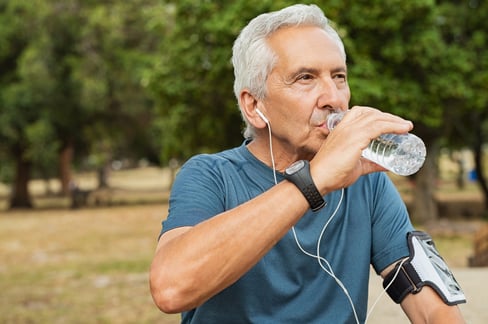 If music is good for the mind, and exercise is good for the body why not combine the two at the same time?
If music is good for the mind, and exercise is good for the body why not combine the two at the same time?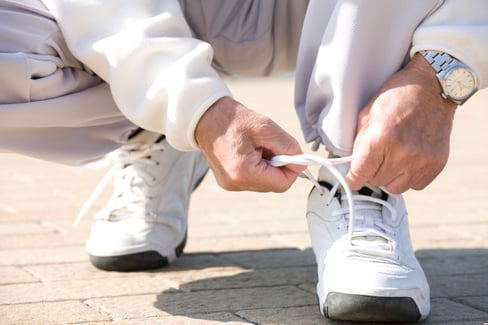

.jpg?width=467&name=GettyImages-1225625994%20(1).jpg) In
In 
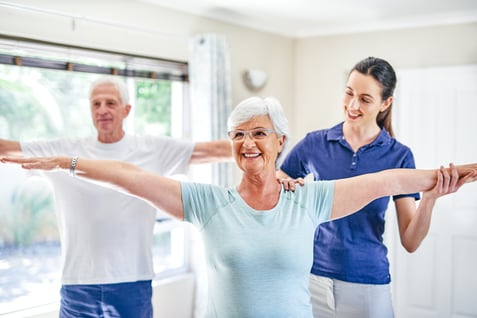 We already know that exercise is a key contributor to a healthy lifestyle overall, but for those with Parkinson’s Disease (PD) this is no exception! In fact, exercise is extremely critical for people with PD, and
We already know that exercise is a key contributor to a healthy lifestyle overall, but for those with Parkinson’s Disease (PD) this is no exception! In fact, exercise is extremely critical for people with PD, and .jpg?width=422&name=GettyImages-674714126%20(1).jpg) I recently had a resident from one of our client sites in Illinois contact me wanting to know which senior living communities in greater-Indianapolis NIFS was partnered with as she would soon be relocating to be closer to her daughter. She wanted to refine her search to communities where NIFS was similarly providing a robust health and fitness program to what she had come to experience in her current community. She had done some exploring on her own and quickly recognized that communities simply having an onsite fitness center with some weekly
I recently had a resident from one of our client sites in Illinois contact me wanting to know which senior living communities in greater-Indianapolis NIFS was partnered with as she would soon be relocating to be closer to her daughter. She wanted to refine her search to communities where NIFS was similarly providing a robust health and fitness program to what she had come to experience in her current community. She had done some exploring on her own and quickly recognized that communities simply having an onsite fitness center with some weekly 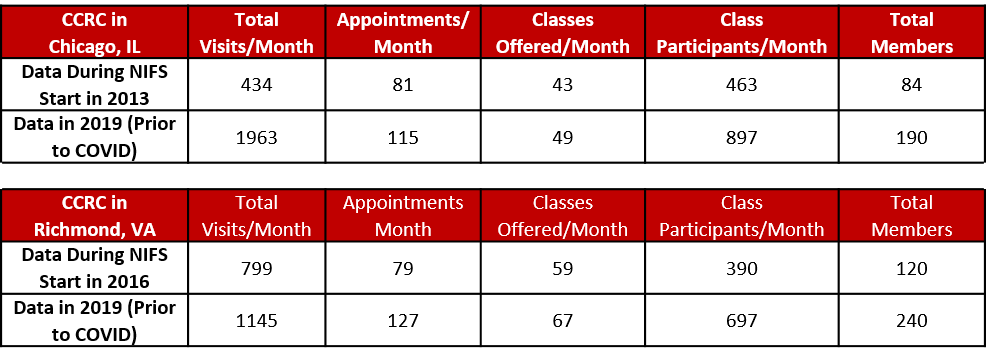

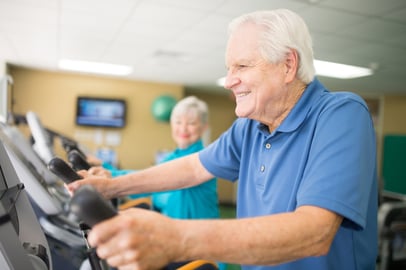 The senior living industry has been fervently moving over the past decade to renovate and build fitness centers for their residents and the momentum is only growing.
The senior living industry has been fervently moving over the past decade to renovate and build fitness centers for their residents and the momentum is only growing.
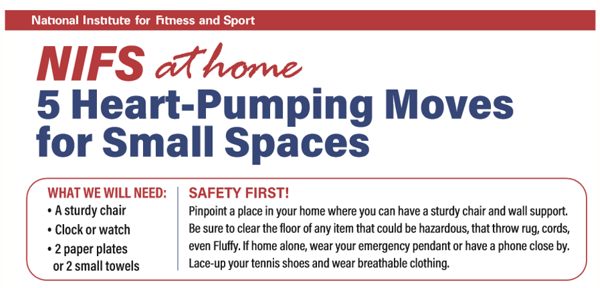
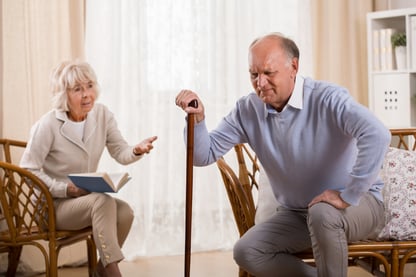 Staying home is something we are all doing more of lately due to the COVID-19 epidemic. Spending more time at home has some benefits like increased family time, less driving, and especially lowering the risk of contracting COVID-19. Unfortunately, there are also hefty drawbacks to being homebound. As we spend more time inside, we are also sitting for longer and longer periods of time. Watching movies, reading books, or napping are all fun and enjoyable seated activities. Unfortunately, doing too much of these things can have disastrous results on our health. Taking breaks from sitting every 30 – 60 minutes will improve your safer-at-home experience by reducing risk of deadly blood clots, maintaining muscle and bone health, and using up energy that would otherwise be stored as fat.
Staying home is something we are all doing more of lately due to the COVID-19 epidemic. Spending more time at home has some benefits like increased family time, less driving, and especially lowering the risk of contracting COVID-19. Unfortunately, there are also hefty drawbacks to being homebound. As we spend more time inside, we are also sitting for longer and longer periods of time. Watching movies, reading books, or napping are all fun and enjoyable seated activities. Unfortunately, doing too much of these things can have disastrous results on our health. Taking breaks from sitting every 30 – 60 minutes will improve your safer-at-home experience by reducing risk of deadly blood clots, maintaining muscle and bone health, and using up energy that would otherwise be stored as fat.
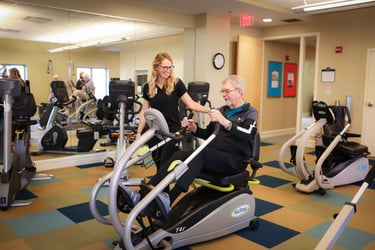 Our fitness management staff members have some of the best stories around on the impact their fitness programs are having on resident lives in the senior living communities we serve. They hear comments from residents or their family members, they see new faces in classes, and they track the data in programs and services that demonstrate solid engagement. Our staff takes great pride in these affirmations knowing that the work they are so passionately committed to is truly making a difference not just for residents but also for the culture of a community as a whole.
Our fitness management staff members have some of the best stories around on the impact their fitness programs are having on resident lives in the senior living communities we serve. They hear comments from residents or their family members, they see new faces in classes, and they track the data in programs and services that demonstrate solid engagement. Our staff takes great pride in these affirmations knowing that the work they are so passionately committed to is truly making a difference not just for residents but also for the culture of a community as a whole.